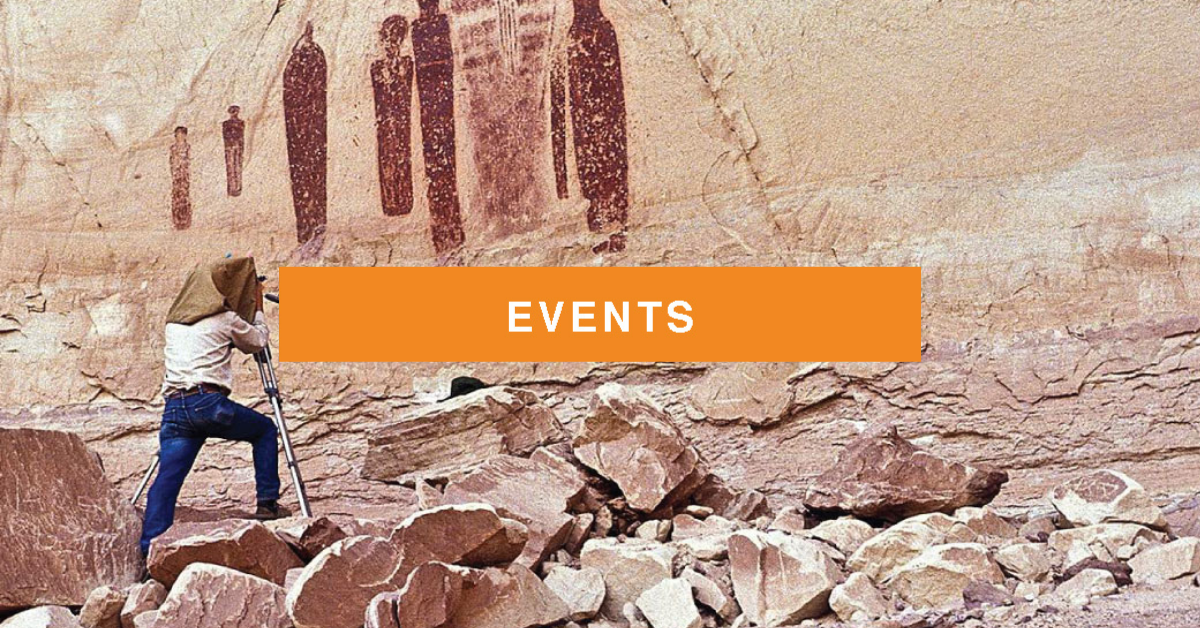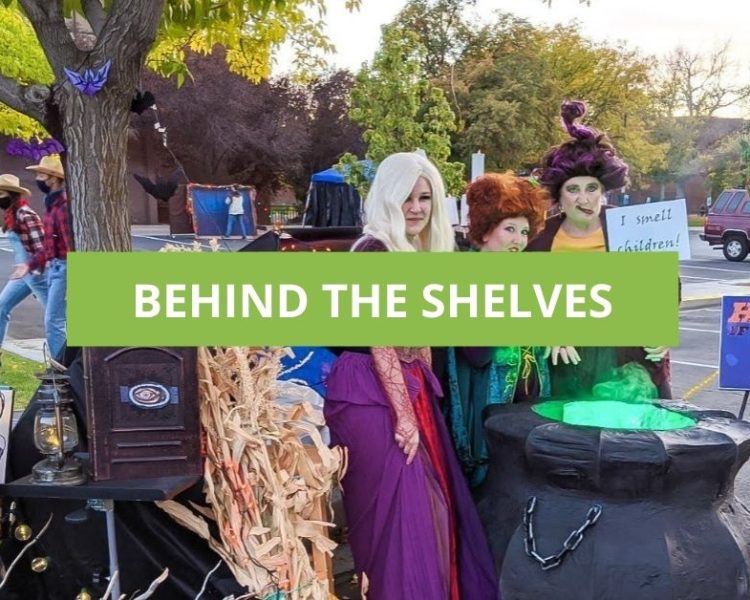Orem Library is pleased to present They Painted in the Canyons, a traveling photography exhibit from the Utah State Division of Arts and Museums, from April 30 to June 4, 2021 in the Children’s Wing. Professor and photographer Craig Law has traveled all over the state to photograph Utah’s earliest known art on rock, images painted by scattered bands of Archaic Native Americans which could date to a period between 8,000 and 6,000 years ago. Craig will talk about his work photographing these ancient Native American drawings on May 3 at 7 PM in the Ashton Auditorium.
Orem Library Interview with Craig Law
When did you decide to become an artist? What struggles did you encounter along the way?
I decided to go to the artist route towards the end of my undergraduate studies. The biggest problems, or worries, were my family’s caution. They were worried about photography as a viable profession for someone who desired to support a family. Thankfully, during my graduate school experience, they could see that there were some distinct possibilities for employment for me. So after that, all I needed was just some time for real concentrated work.
Tell us about a piece that is especially important to you.
My major project is this series of photographs that I have been making over the last 25 years, which is in this Utah Division of Arts and Museums traveling exhibit. We have named the project The Barrier Canyon Project. The main panel of imagery for this project is the Great Gallery. This pictograph panel is in a canyon called Barrier Canyon, located in what is now Horseshoe Canyon in the Canyonlands National Park in southeastern Utah, near Moab. The dating of this panel is BC 4500 to BC 6500. There are about 450 sites of images that are in this style on the Colorado Plateau. We are making a record of all known sites for now and for posterity.
Which artists are you inspired by?
Some of the best examples of photographers who did significant work who have inspired me are Paul Caponigro, Ruth Bernhard, Ansel Adams, and Minor White. A local photographer whom I greatly admire is George Edward Andersen, who was born in Salt Lake City in 1860 and died in Springville in 1928.
Tell us a little bit about your process for creating a work of art.
These beautiful panels of Native American folk art are located in numerous remote canyons on the Green River and Colorado River drainages. We travel to trailheads with four-wheeled vehicles and then backpack in for several days to make these photographs. Earlier, after a trip, I would spent several days in my wet darkroom developing the film. Now, I do digital images more. I process those images into the memory on my computer. Then I edit carefully and make archival prints for the photographic record and for exhibits like They Painted in the Canyons.
Due to COVID-19 restrictions, space is limited and free tickets are required. Social distancing and masks are required at all times. For more information about the Traveling Exhibitions Program of the Utah Division of Arts & Museums, click here.




